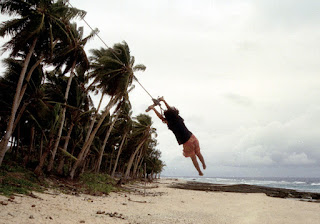
The Habele Outer Island Education Fund has released initial accounting numbers for fiscal year 2007. According to Habele Treasurer Tom Lutte, more than 90 cents of each dollar spent went directly to K-12 scholarships and library development in the Outer Islands of Micronesia.
One of the keys to Habele’s efficiency is the fact that we have no paid employees explained Lutte. The Fund spent roughly $6,300 in FY 2007. The breakdown by category was:
58% - Scholarships
33% - Library Development
5% - Domestic Postage & Printing
4% - Fees and Dues
The Fund was able to use this money to finance two complete scholarships (tuition, room, and board) to the prestigious Bethania High School in Palau for low-income students on Ulithi. Habele also made ten shipments of books and school supplies to public school libraries in the islands.
It is frustrating that we had to pay money to the state in fees and that we have unavoidable fixed costs like website hosting and our PO Box, noted Neil Mellen, President, but we are lucky that so many donors give time and talent - the content of our beautiful website, habele.org, is a great example of such a donation.
A more detailed analysis of these figures will be included in the 2007 Annual Report, which will be released by the Habele Board of Directors in early January 2008.
Habele is an all-volunteer nonprofit organization dedicated to the advancement of educational opportunities and accomplishment in the remote Outer Islands of Micronesia. Visit habele.org to learn more.





















.JPG)
.JPG)
.JPG)

















